VacSaver: An Active Refrigeration System for Last Leg Vaccine Transportation
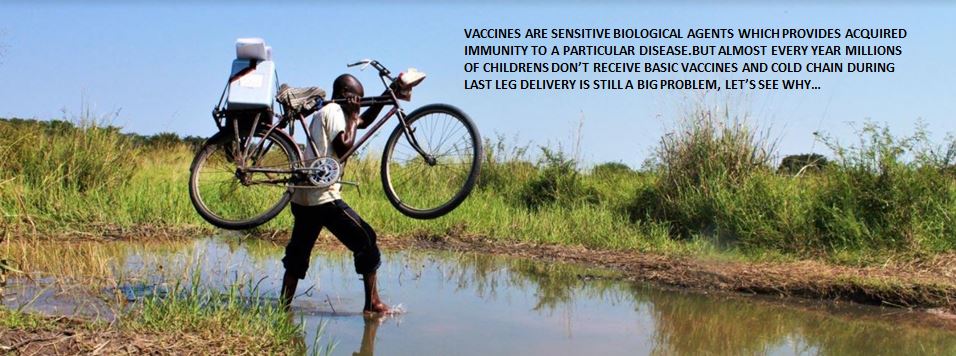
Problem Statement
Vaccines are sensitive biological products; some vaccines are sensitive to freezing, some to heat, and others to light. Once lost, vaccine potency cannot be regained so the vaccine should be stored at appropriate temperature i.e. as mentioned by WHO at (2-8°C). Nowadays there are many vaccine-related problems faced in both developed and developing countries. Vaccine transportation to remote locations has long been a logistically challenging phase since the last decade. With increased dependency on both ice-packs and electricity, the vaccines can arrive either too hot or too cold, rendering them completely ineffective. The table shows Indian and global vaccines crisis rate.

Global Vaccine Crisis
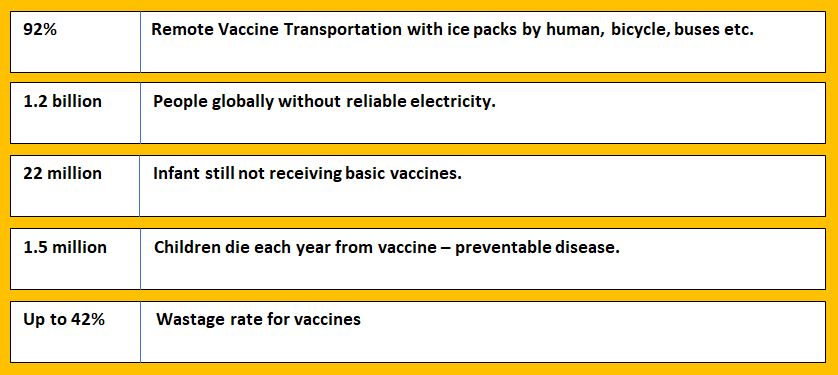
Ref. Global Alliance for Vaccines and Immunizations (GAVI)
Indian Vaccine Crisis

Ref. Immunization Technical Support Unit (ITSU) of the Indian Health Ministry
Cause of Problem
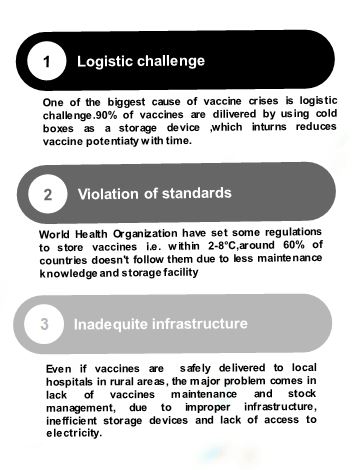
Vaccine Cold Chain Cycle
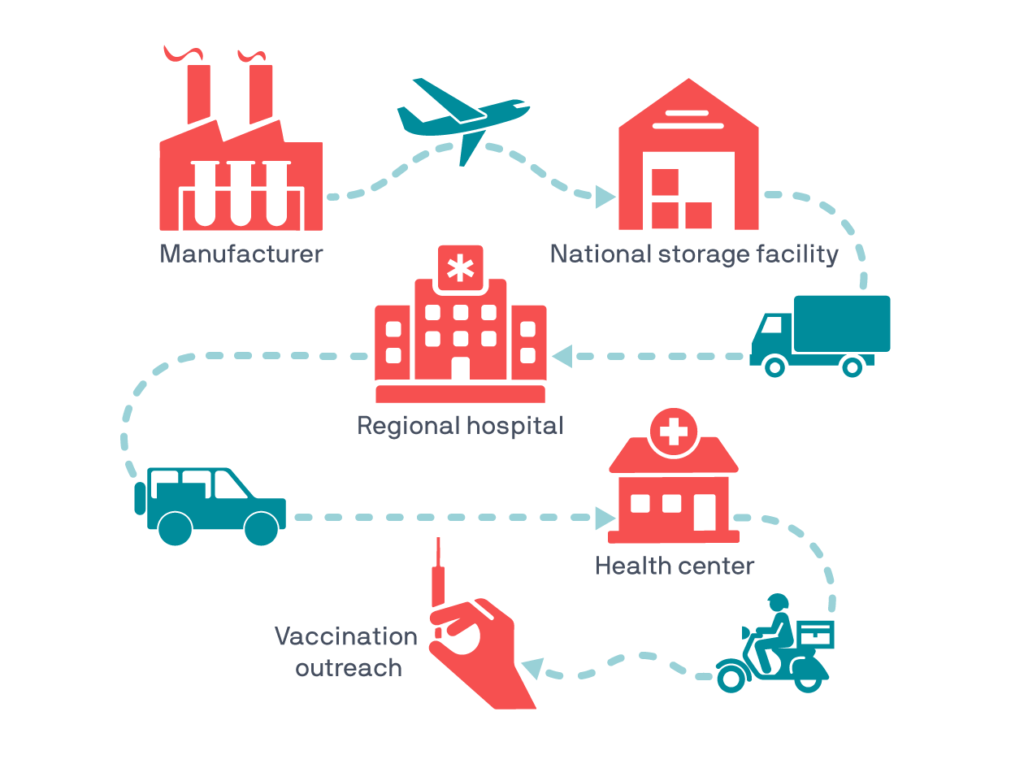
Ref. Global Alliance for Vaccines and Immunizations (GAVI)
Proposed Solution
VacSaver: An Active Refrigeration System for Last Leg Vaccine Transportation
The innovation relates to an innovative eco-friendly temperature-controlled vaccine storage system that maintains the temperature at 2-8°C without compromising the integrity of the vaccines. The innovation comprises an insulated vaccine storage chamber that uses an eco-friendly insulating material i.e. coconut husk which reduces the system cost. The storage chamber is cooled with an advanced patent-pending Vapor Absorption Refrigeration System (VARS) which in turn reduces the size and power consumption. The main advantage of the system is its integration with phase change material (PCM) which regulates thermal fluctuations and vaccines would stay safer for a longer hour if system power is cut off. One of the major advantages of the system is its portability and reduced electricity consumption to overcome the electricity crises in villages with the integration of EVIN: Electronic Vaccine Intelligence Network for efficient vaccines and medicines tracking thus storing vaccines/ medicines/ insulins at an effective temperature within 2–8°C and improving the logistic chain, especially for the COVID-19 Pandemic.
Prototype
VacSaver design and prototyping have been gone through three phases:
Phase 1: Used thermoelectric generators for creating refrigeration effect, for longer operation testing the thermoelectric generator burned. Again the design was modified with an effective heat rejection system but for longer operation, the efficiency of the system dropped creating a heating effect in the vaccine storage chamber, that was not desirable.
Phase 2: To overcome previous version demerits and improve system efficiency, the next phase of VacSaver used the Vapour Compression Refrigeration system (VAR’s). The temperature drop results were successful, but the system became bulky with excessive operating apparatus making it a non-portable, expensive and high-power-consuming device.
Phase 3: After an intense literature review I came across a 1928 forgotten cooling invention called ‘Icyball’ discovered by David Keith that had no moving parts and provided rural farmers access to off-grid refrigeration. Iceball was key motivation and advantage for VacSaver. For the next two months, the refrigeration cycle was redesigned to improve its coefficient of performance and make it more compact. The refrigeration setup was integrated with VacSaver making the device portable and inexpensive.
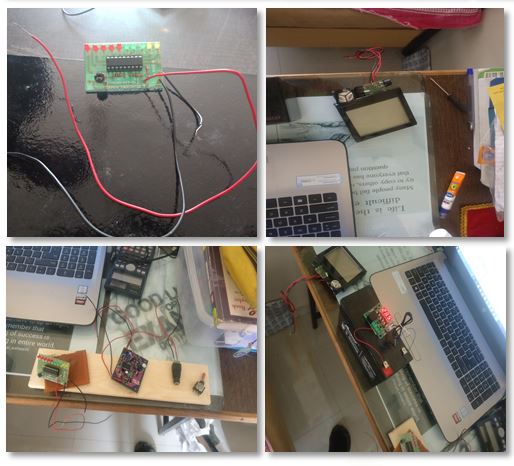
Working
VacSaver phase 3 used a modified Icyball refrigeration system which worked on the principle of Vapor Absorption Cycle (VAR’s). The refrigeration system has gone through multiple testing with several thermal simulations and the results were successful. I got the desired temperature drop i.e within 2-8 °C to store the vaccines in a thermal insulated chamber. Later Phase Change Material (PCM) was integrated with the storage chamber to reduce thermal fluctuations and improve systems standby time for longer delivery. The entire operation of the system was controlled by an onboard Proportional Integral Derivative(PID) controller making it more user-friendly. Modification of Icyball has made the system portable, inexpensive, and less power-consuming device i.e. 24 volts. On a single charge, the system can run continuously for three days with high storage capacity i.e. sufficient to carry enough vaccines for the entire immunization program in the village/ city.
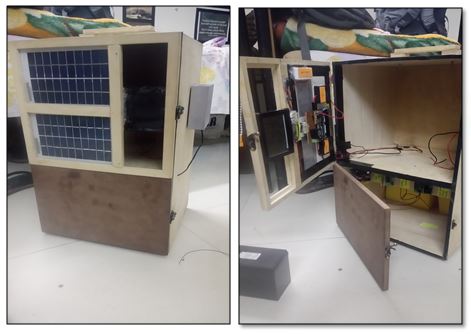
What's Next
VacSaver phase 3 is a patent-pending solution, with it, several modifications are been done with a beta prototype of VacSaver i.e. phase 4 design. Phase 4 will be more ergonomically and aesthetically better as compared to the phase 3 design. The system will have a minimal freeze-thaw cycle. It means that every time the lid opens to retrieve the vial, the contents get exposed to the ambient air. The in-built rapid cooling technology helps bring the cold chamber back to the required temperature about 97% faster than the conventional ice-based system. Further, the system will be integrated with the Electronics Vaccines Intelligence Network(EVIN) for efficient tracking of vaccines during delivery. With it, VacSaver plans for large-scale implementation for accelerating access to immunization.
Acknowledgements
All thanks to Prof. Ganesh Ingole of Trinity Polytechnic for all your incredible guidance, experience, and advice in design and manufacturing. Special thanks to IIT-Roorkee, IIIT-Delhi and Shiv Nader University for funding this project.